When the 2015 Lincoln MKC begins arriving at dealerships in the second quarter of 2014, it will offer two four-cylinder turbo-charged (read: EcoBoost) engines: Ford’s ubiquitous EcoBoost 2.0 liter as well as the all-new EcoBoost 2.3 liter. The fact that the only engines available in the MKC will be two EcoBoost units makes the new CUV an EcoBoost-only vehicle.
The 2.0 liter unit will serve as the base powertrain and is preliminarily rated at 240 horsepower at 5,550 RPM and 270 lb.-ft. of torque at 3,000 RPM. Meanwhile, the new 2.3 liter EcoBoost mill will offer a projected 275 horsepower at 5,500 RPM and 300 lb.-ft. of torque at 3,000 RPM. Class-exclusive Active Grille Shutters are designed to help improve MKC fuel efficiency at highway speeds.
Unless otherwise equipped, both engines will deliver power through a six-speed automatic transmission to the front wheels, which — in stock form — will be 18 inches. Upgrading to the Intelligent AWD system will equip the compact crossover with 19-inch wheels. The AWD system also includes Continuously Controlled Damping (CCD), which constantly monitors the road and allows the suspension to react within an average of 20 milliseconds for a smooth ride and enhanced handling. Lincoln Drive Control, which allows drivers to select from sport, comfort and normal driving modes, will be included with CCD, which will also be available in the standard front-wheel drive MKC.
Lastly, Lisa Drake, MKC chief engineer, stated in a news release that the “width of the crossover’s track has been set to allow the designers the freedom to create a planted stance for the vehicle” while providing engineers with “the opportunity to minimize body roll and give the vehicle a more sporty feel”.
Of course, one could always counter that if Lincoln were truly serious about offering a sporty driving experience, the brand would switch to rear-wheel drive vehicle architectures. In the case of the MKC, however, it’s possible that engineers did all they could in the limits of Ford’s Global C platform that’s shared with the Escape, Focus, and C-MAX.

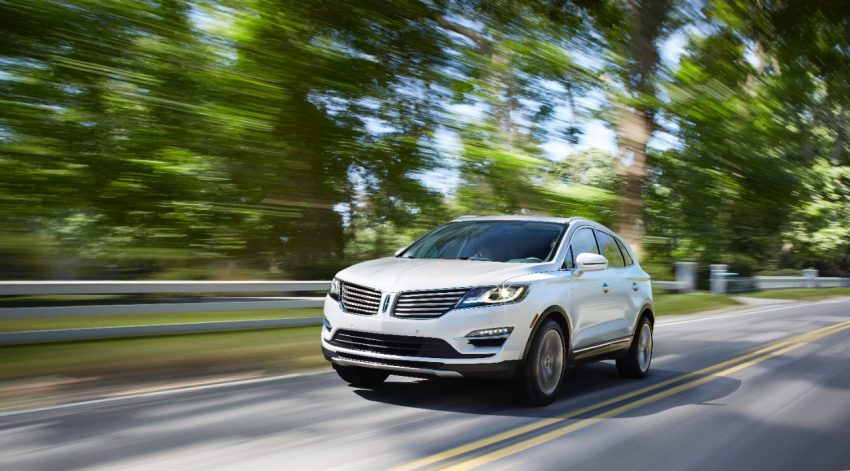



















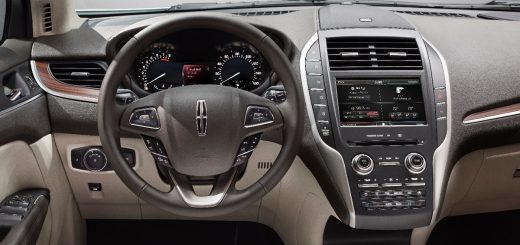
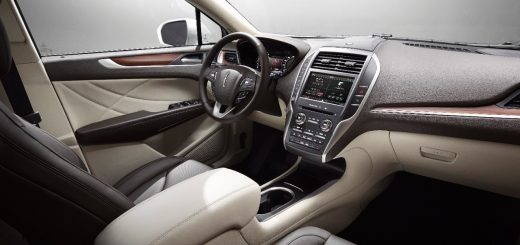
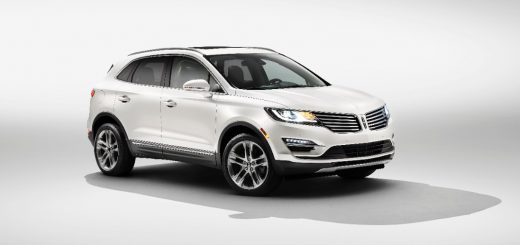
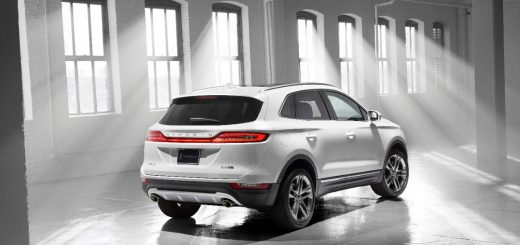
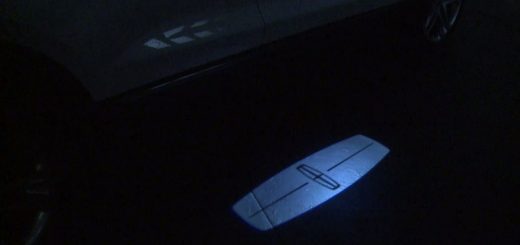






No Comments yet